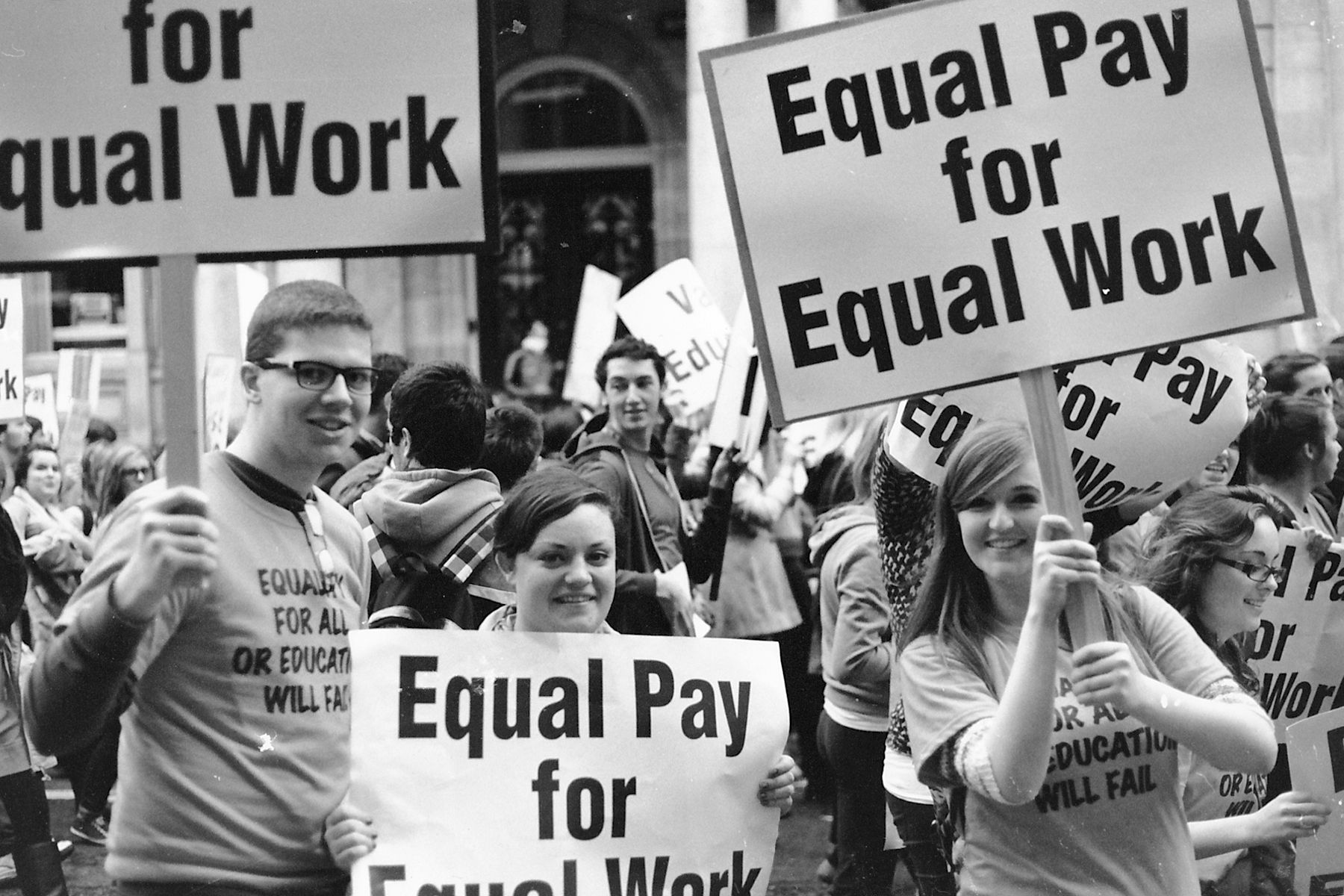
Women taking part in the Equal Pay Day movement choose to wear something red on the Equal Pay Day, in this case, March 24, 2021. For example, it was March, which means to make as much money as a man would make in their job in the year 2020, a woman would have to work from January 1, 2020, to March 24, 2021. In the United States, the Equal Pay Day also represents the women’s movement for Equal Pay as a day till when women have to work to earn as much as their male counterparts have earned during the previous year. Equal Pay Day was developed by the National Committee on Pay Equity (NCPE) in 1996 as a public awareness event to illustrate the gap between men’s and women’s wages. Except for Afghanistan and Pakistan, every other South Asian country in the index has better economic conditions for women than India. International Exchanges Latino Community Foundation. This figure is worse in India that ranks 151st among 156 countries in the Global Gender Gap Index for Economic Participation and Opportunity, as per Global Gender Gap Report 2021 by the World Economic Forum. Currently, on a global average, women earn 23% less than men for work of the same value. The observance represents the longstanding struggle of women for equal pay for the work of equal value. This date symbolizes how far into the year women must work to earn what men earned in the previous year. To put this into further context, while today is All Women’s Equal Pay Day, Black Women’s Equal Pay Day is on. The first International Equal Pay Day was observed in 2020 and this year marks the second edition of this international reminder. The next Equal Pay Day is Tuesday, March 14, 2023. The pay gap for Black women is 39 and for Hispanic women the pay gap is 47.

“To build momentum around the urgent need to address the gender pay gap,” the United Nations observes the International Equal Pay Day on September 18 each year. Guterres emphasises that this inequality is even bigger for women with children, women of colour, women migrants and refugees, and women with disabilities. “Globally, despite decades of activism, and dozens of laws on equal pay, women still earn less than 80 cents for every dollar men do,” says the UN Secretary-General António Guterres in a statement. This quantification signifies that human society has left women behind in economic terms by more than two-and-a-half centuries, even if we set aside the oppression and other inequalities existing for centuries.

257 years - that is how long it will take to close the pay gap between the salaries of men and women, as per the World Economic Forum.


 0 kommentar(er)
0 kommentar(er)
